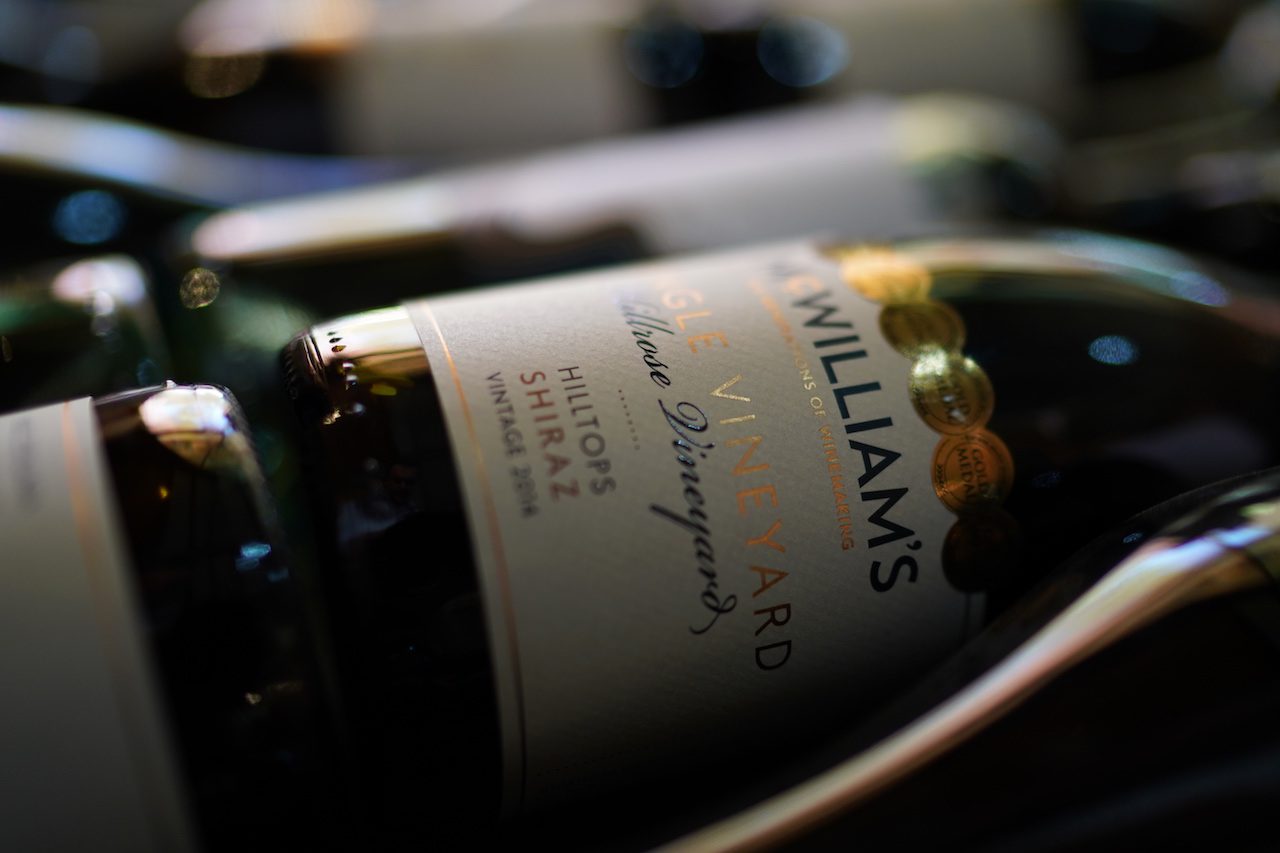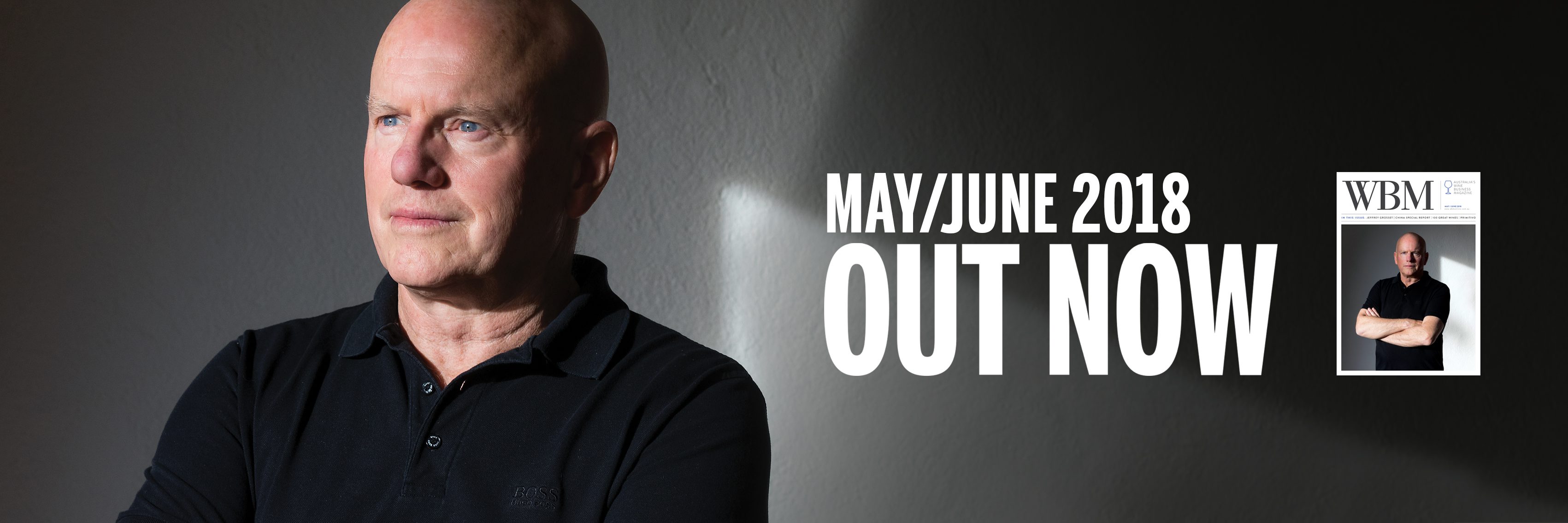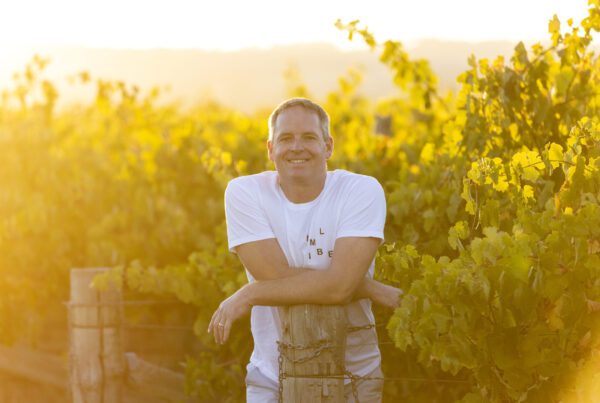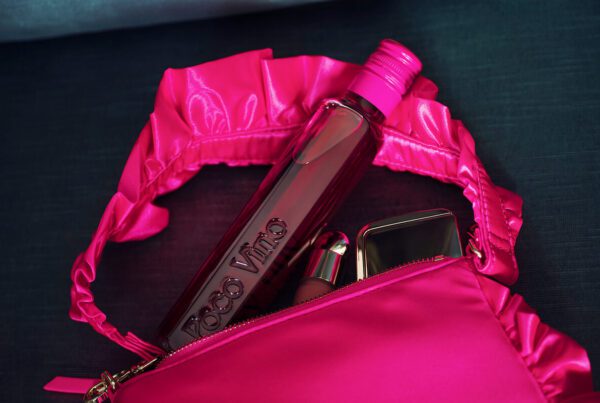
Most wineries would like to grow or at least maintain sales. Too many ignore marketing knowledge and focus on already existing heavy buyers, rather than on increasing sales to infrequent buyers. This article is taken from Larry Lockshin’s 230-page marketing book, This Little Pinot Went to Market – A Guide to Wine Marketing. You can purchase a printed or digital copy at www.wbmonline.com.au/shop
Wineries develop wine brands for many reasons and under many circumstances. Some seem to explode from the blocks, while others slowly gain momentum over time, and still others languish and don’t seem to respond to attempts to grow them.
We know it is a highly competitive world out there, with tens of thousands of wines available for sale in Australia and hundreds of thousands, maybe millions, across the rest of the world. The other issue is that the distribution of brands and sales is totally mismatched. There are fewer (but bigger) brands at low price points and many (but smaller brands) at higher price points – but the volume sold is almost exactly opposite.
I now can imagine you are waiting for the amazing secret to growing your brand to make it famous and profitable. Not only is it difficult, it wouldn’t be possible in a thousand words. But it is possible to grow your wine brand from its current position.
I don’t want to downplay the role of creativity and luck as well as science. These can be important to a brand’s success. Understanding how markets and consumers work is very important. But poor packaging is still poor packaging. And a very creative eye-catching label or advertisement is much better than a poor one. There is no recipe for that except for hiring competent designers and doing some consumer testing if you are unsure which design to choose.
Most brand owners spend time and money on their brands, trying to grow sales or even raise prices. This is true of all companies, not just wine companies. In our observations at the Ehrenberg Bass Institute for Marketing Science of dozens of product categories, including wine, there are repeatable patterns about how people buy, what they look at, how many products they consider, how brands are stored in memory, for example. It is impossible and wasteful to try and develop a brand contrary to these ‘laws of marketing’. It is much more efficient to go along with these patterns than fight them. Yet many companies, including wineries and even large global brands, continue to do so. For example, spending too much time encouraging and rewarding loyal buyers is usually a waste of money and effort.
An illustration of one of the key ‘laws of marketing’ will help explain this. Double Jeopardy (DJ) was first observed by William McPhee in the 1950s about the popularity and liking of Hollywood actors and then about the number of people reading different comic strips. Andrew Ehrenberg found the same patterns in the purchasing of Cadbury’s Drinking Chocolate and continued to find it across dozens and dozens of categories, both consumer and industrial. We continue that work today. DJ simply means that bigger brands not only have more customers but these customers buy the brand more often than smaller brands. Small brands are punished twice, once with fewer customers and, second, these customers on average buy the brand less often.
This flies in the face of small wine brands expecting to grow the number of heavy or loyal/regular buyers to increase sales; or even worse, trying to increase the volume these regular buyers purchase. Heavy buyers are important, on average buying up to 50 percent of the sales of a brand in a given year. But the other 50 percent always come from the many more infrequent buyers, so that the average buying rate is less for small brands than large ones.
A winery should try to engage and maintain its heavy buyers, however our data show these people are not a stable source of sales. The proportion of heavy buyers remains about the same for a brand, but the actual people change, sometimes over half of them in any one year. Some of the loyal buyers buy less, some don’t buy at all, yet new ones take their place (if you are doing the right things). The reasons for this are often beyond a winery’s control: buyers going on an extended holiday, having health problems, buying big for a party or just trying other brands.
If a winery merely focuses on the heavy/loyal buyers with its marketing programs, it will eventually lose most of its sales.
It is necessary to continue to find those many infrequent buyers, each of whom buys something and a few of whom become heavy buyers. A heavy focus on members of your wine club or other loyal buying groups to the detriment of attracting new or infrequent buyers will result in a sales decline over the long run. Yes, use the wine club for heavy buyers, but make sure you have activities such as events or even cellar door to add new members to your mailing list.
Double Jeopardy is also found in buyers’ memory structures. Better known brands come to mind more often and to more people in a purchase situation than small brands, which have fewer people recalling them less often. My own research shows that the average wine consumer can only name three brands off the top of their head. Where are all those brands on the shelf? Certainly they are not top of mind. People’s minds are full of much more important things like family, work or what is the next errand to run.
Recall is low in all product categories, due to the low importance of brands in the large scheme of things. Recognition is more important. Does the potential buyer recognise the package or brand as something familiar when looking at a shelf, a menu, or when searching online? If so, the probability of purchase is increased dramatically. Because there are so many wine brands, people just don’t recognise that many, but other attributes, such as the region, grape variety or even label colours and logos can help the process.
It still astounds me how many wines do not put the region or grape variety in large enough print to aid in recognition; for these are much more common than any one brand name.
In simplistic terms, marketing is the process to create awareness in the largest number of people possible under a budget constraint. Remembering Double Jeopardy, this means increasing the number of people, rather than focusing on only those existing customers who already know the brand. Yes, even the regular buyers have to be reminded, but without increasing the awareness levels of more potential buyers, a brand cannot grow.
• Buy Larry’s outstanding wine marketing book at www.wbmonline.com.au/shop














Recent Comments